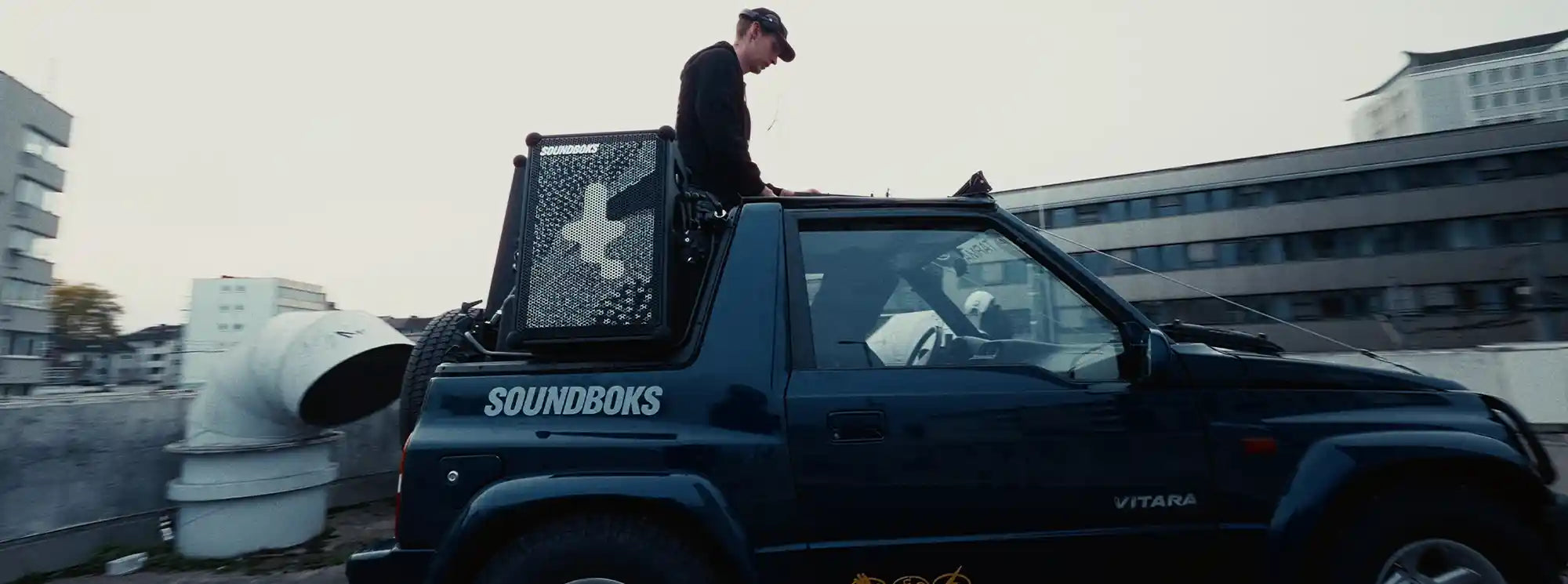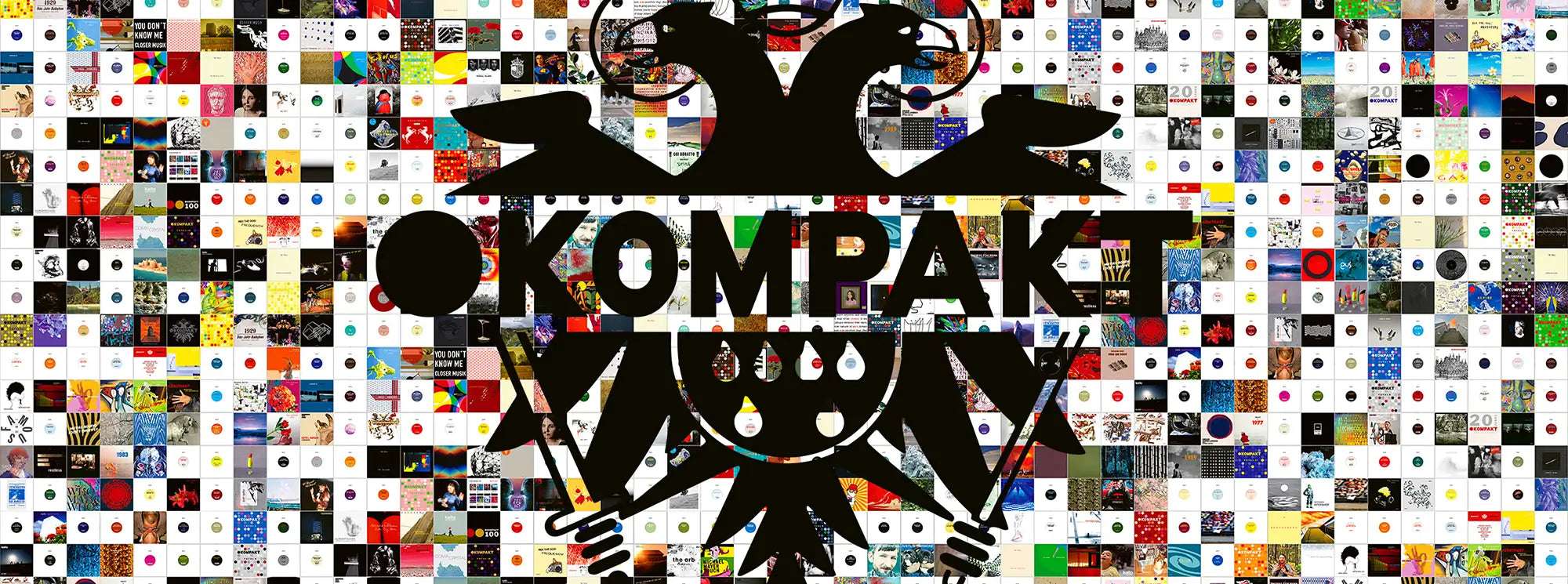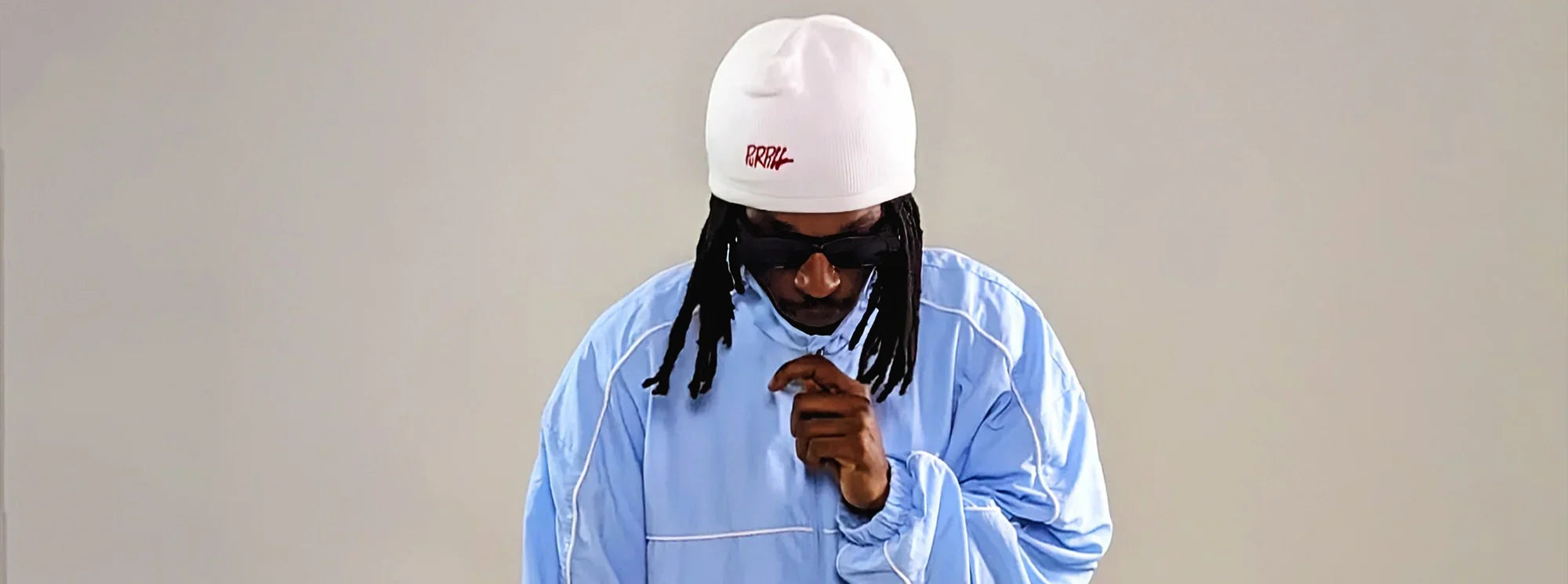Picture this. You’re in a parking lot in Miami, huddled around the homie’s whip. You and your crew are kicking back and soaking up some rays. Suddenly, the trunk goes ‘pop.’ A switch gets flicked. Light bulbs begin to glow. What you’re staring at can only be described as overkill. The unassuming Suzuki Vitara you thought was just another beat up ‘90s car has become a mobile sound system.
Welcome to the world of car audio culture.
Just like sound systems generally, car audio culture brings sound and energy to public spaces, providing free parties for the community. Mounting massive sound systems onto cars, imagine Pimp My Ride meets pop up partying. This subculture has always inspired Cologne petrolheads and clothing brand TARMAC. When they pitched the idea of creating one of their own using Soundboks 4s, we knew we had to make it happen.
Turns out this is one of many regional variations bubbling under the surface around the world. From siren battles in New Zealand to Paredões in Brazil, these interpretations all democratize the party for everyone. With that in mind, let’s dive deep how car audio culture differs around the world.
Parking lot parties from the Dominican Republic to New York
In auto mechanic shops across the Dominican Republic, mechanics are fine tuning and fixing broken cars. But for some specialist garages, that’s not the only service they offer. These teams of mechanics lead something of a double life, operating as bona fide sound system crews too. Known as instaladores, they engineer souped up, party starting systems into the trunks, dashboards, and doors of their ‘builds’.
When the sun goes down, these custom rides wheel off to street corners, parking lots, and gas stations, transforming these everyday spaces into makeshift dancefloors. Bachata, dembow, salsa, merengue, and techno rhythms rock the concrete with contagious vibes. At this party, there’s no guest list or ticket required–just turn up and get down.
As seen in Sean Frank’s Mas Fuerte, the Dominican diaspora has brought this to the streets of New York. Here, the auto mechanic shop acts as a team, decked out with personalized jerseys and custom window decals. Some teams build for volume, while others go for the cleanest sound possible. Either way, this subculture stems from a multigenerational passion for partying, music, and their motherland.
With little local understanding and few places to crank the volume high, these meet ups regularly get shut down by the police. However, musicólogos–enthusiasts with big builds–regularly gather at daytime car shows to show off their sound. But when the evening comes, the streets is where you’ll find the party.
New Zealand’s Siren Battles are all for the love of sounds
You’re stood in a random parking lot under the moonlit Auckland sky. A swarm of cars and bikes gather, dressed up with horns, speakers, and decal stickers. The crowd’s hum quietens. The atmosphere intensifies. From out of nowhere, Celine Dion pierces through the midnight silence.
Sounds like a joke, right? Well, let us tell you: New Zealand’s Siren Battles are anything but. Originating in early 2000s’ Auckland, Pasifika youth would equip their cars and push bikes with tsunami sirens and loudspeakers. As the community grew and the culture spread, three-round battles would pit teams against each other to see whose system took the crown. The crews take terms to see who’s louder, who’s clearer, and which siren drowns the other out, picking a new song for each round.

That’s where Celine Dion comes into play. The Canadian singer has become the go-to artist for battles because of the clarity of her voice and how high pitched her music is. As well as pre-existing pop songs, Siren Battle producers create specialist beats to deploy when the clash is on.
While residents don’t share the same appreciation for this subculture, a real community has formed over the years. The crews at the heart of the subculture cite it as a passion and a way of keeping out of trouble (despite the lack of legal locations to battle). No matter the result at the end of battle, it’s ‘all for the love of sounds.’
In West Bengal, Jugaad fuels towering Dek Bass box competitions
The mountainous DIY sound systems of West Bengal are living entities. Behind the brutal bass is a team of ‘operators’ who keep the music playing and the party alive. These builders and sound engineers use every trick in the book and wing it, coming up with makeshift solutions on the spot. In Hindi, Urdu, and Punjabi, this is known as jugaad. According to local DJ Mask Phantom, jugaad is an essential part of every sound battle.
Just as sound systems did in 1940s Jamaica, Dek Bass box competitions create opportunities to party in overlooked places. These sound systems can be traced back to religious, political, and social events, where sound was used for celebration or attention.
Known as box competitions, these sound battles see huge car-mounted sound systems face off against one another at rural parties. Made of upcycled materials and innovative DIY engineering, every component is seemingly custom-built. These are properly impressive feats of practical savvy.
These competitions are characterized by distorted, mutant basslines and harsh, grizzly sounds you won’t find anywhere else. Known as Dek Bass, this subculture centres around sonic aggression. Tactical cassette decks, warped dialogue recordings, and disorienting sound effects are all deployed to great effect. Highly localised and exclusive to the region, you can only find this music via CDs burned specifically for battles.
Brazil’s paredões are literal walls of sound
Literally translating to ‘big wall’ in English, paredões are gargantuan sound systems built into or attached to cars, vans, and trucks. Bringing maximum sound pressure to pagodão and arrocha parties as well as São Paulo’s fluxos, these systems have become as celebrated as the DJs playing. Not only do they promote their own brand of party defined by musical styles and costumed dancers, they’ve launched the careers of countless MCs.
1951’s Salvador Carnival proved to be the start of Brazil’s obsession with car audio culture. The musicians Dodô and Osmar were invited to perform in a 1929 Ford that had been kitted out with an amplifier. Fast forward today and you’ll see 18-wheel behemoths carrying dancers and dangerous amounts of sound through the streets.
The building process takes place at the garage, better known as the montadora. Once one of these monsters has been assembled, it isn’t officially alive until the alinhamento. This is the moment the specialist audiophile listens with their full body to determine if the sound is aligned. Checking intensities, clashes, delays, and signals, every adjustment is made so the paredão can dominate its crowd through sound.
Every detail of a paredão is geared towards excessiveness–think Pimp My Ride but on even more steroids. For your ears, these units blast baile funk bangers at Richter scale tipping volumes. On the eyes, their imposing frames and surreal compositions are always decked out with signature designs. This intoxicating mix of sound pressure and style is so celebrated that local councils have recognized as core cultural heritage within their cities. It’s safe to say the wall of sound is for the people.
Inspired by the raw power of car audio culture? Check out our collab with TARMAC here.


